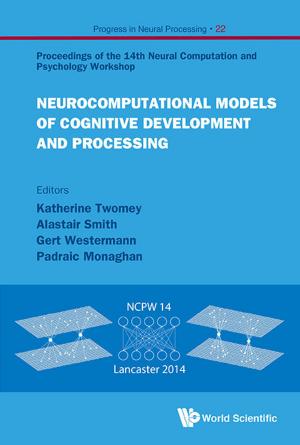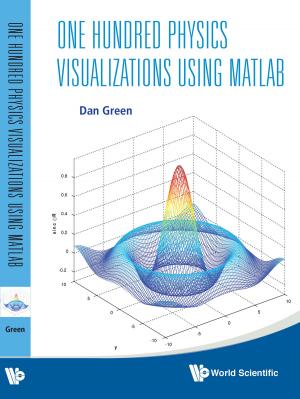A Calculus of Ideas
A Mathematical Study of Human Thought
Nonfiction, Science & Nature, Mathematics, Calculus, Applied| Author: | Ulf Grenander | ISBN: | 9789814439114 |
| Publisher: | World Scientific Publishing Company | Publication: | August 10, 2012 |
| Imprint: | WSPC | Language: | English |
| Author: | Ulf Grenander |
| ISBN: | 9789814439114 |
| Publisher: | World Scientific Publishing Company |
| Publication: | August 10, 2012 |
| Imprint: | WSPC |
| Language: | English |
This monograph reports a thought experiment with a mathematical structure intended to illustrate the workings of a mind. It presents a mathematical theory of human thought based on pattern theory with a graph-based approach to thinking. The method illustrated and produced by extensive computer simulations is related to neural networks. Based mainly on introspection, it is speculative rather than empirical such that it differs radically in attitude from the conventional wisdom of current cognitive science.
Contents:
-
An Architecture for the Mind:
- Introduction
- Creating Thoughts: Algebra of Thinking
-
Personality of a Mind:
- A Mind Equation
-
Two Personalities:
- Building a GOLEM, a Thinking Machine
- As Thinking Develops
-
Realizing a Mind:
- MIND and Brain
- Reflections
- Doubts and Certainties
-
Appendics:
- Some Famous Mind Theories
- Consistency of Probability Measure
- A Modality Lattice
- Dynamics of Random Process of Thinking
- Software for GOLEM
Readership: Graduate students in applied mathematics, statistics and cognitive science as well as postgraduates and researchers in these fields.
Key Features:
- Unconventional speculative approach using thought experiments
- Quite different from other studies of human thought
- Written by the inventor of pattern theory
- Due to the controversial nature of the theory presented, it will appeal to the adventure-minded researchers in applied mathematics, statistics and cognitive function
This monograph reports a thought experiment with a mathematical structure intended to illustrate the workings of a mind. It presents a mathematical theory of human thought based on pattern theory with a graph-based approach to thinking. The method illustrated and produced by extensive computer simulations is related to neural networks. Based mainly on introspection, it is speculative rather than empirical such that it differs radically in attitude from the conventional wisdom of current cognitive science.
Contents:
-
An Architecture for the Mind:
- Introduction
- Creating Thoughts: Algebra of Thinking
-
Personality of a Mind:
- A Mind Equation
-
Two Personalities:
- Building a GOLEM, a Thinking Machine
- As Thinking Develops
-
Realizing a Mind:
- MIND and Brain
- Reflections
- Doubts and Certainties
-
Appendics:
- Some Famous Mind Theories
- Consistency of Probability Measure
- A Modality Lattice
- Dynamics of Random Process of Thinking
- Software for GOLEM
Readership: Graduate students in applied mathematics, statistics and cognitive science as well as postgraduates and researchers in these fields.
Key Features:
- Unconventional speculative approach using thought experiments
- Quite different from other studies of human thought
- Written by the inventor of pattern theory
- Due to the controversial nature of the theory presented, it will appeal to the adventure-minded researchers in applied mathematics, statistics and cognitive function















